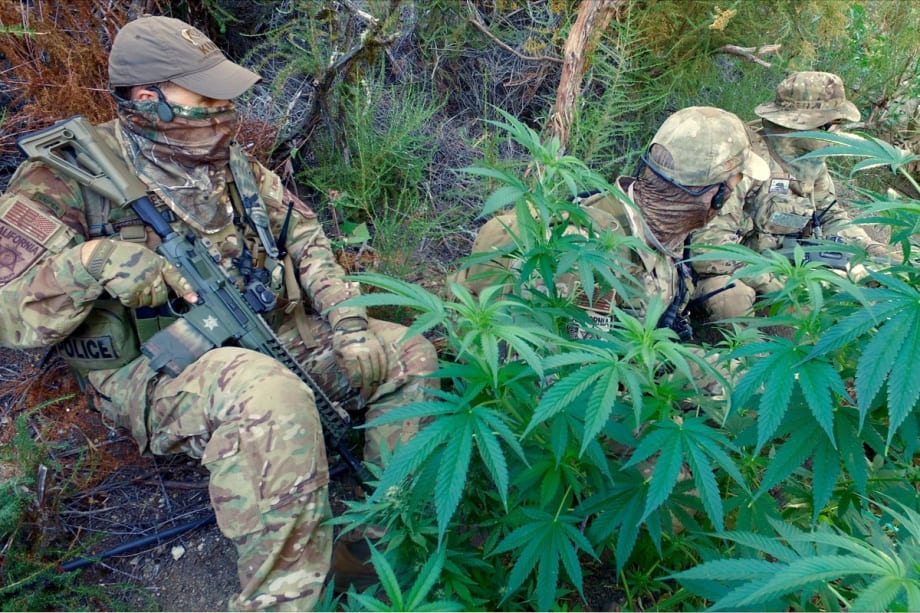Nores says that environmental impact of these large-scale, trespass grow operations have a tremendously negative environmental effect locally and economic impact across the country.
Many of the cartels utilize deadly pesticides—some of them long since banned by the FDA from use in the United States—that wreak havoc on the land, the waterways, and the wildlife that live there. Carbofuran is the most common but other trade names like Furdan, Metaphos, and Furadan are in use. Some of these substances can kill on contact birds, animals, and even people.
With regard to the economy, Nores says that a substantial amount of marijuana grown on California's public lands is actually shipped to the various states where the use of the drug remains illegal and is only available for purchase on the black market. This leads to increases in criminal activity in those communities, as well as the spread of the reach and capabilities of the cartels.
He points to the failure of the prohibition of alcohol and the resultant rise of organized crime and the almost instantaneous rise of illegal "speakeasy" establishments as a cautionary tale apropos of the current problem.
"I'm sure this statistic is changing, but last I checked, over 40 million Americans are cannabis consumers—whether they're getting black market product or legitimate product," Nores says. "We're not legal in every state. We're not even medicinally legal in every state—we're far from that. Looking at this objectively—not taking a side one way or the other—obviously just as with a prohibition with alcohol, there is a demand and that demand is going to be matched in a black market regardless of regulated legal market."













